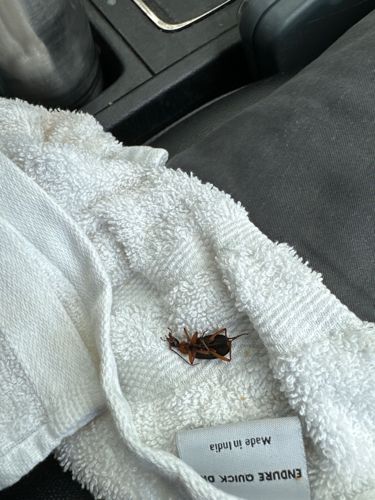Earwig
Scientific Name: Forficula auricularia (Common European Earwig is a widespread species)
Order & Family: Dermaptera, Forficulidae (Common Earwigs)
Size: Typically 5-25 mm (0.2-1 inch) in length, depending on the species.

Natural Habitat
Earwigs prefer dark, cool, and moist environments. They are commonly found under rocks, logs, leaf litter, mulch, potted plants, and sometimes indoors in damp basements, bathrooms, or kitchens.
Diet & Feeding
Mostly omnivorous, feeding on decaying organic matter, fungi, plants (leaves, flowers, fruits), and small insects, including aphids and other soft-bodied invertebrates.
Behavior Patterns
Earwigs are primarily nocturnal and seek shelter in dark, moist places during the day. They are known for their rapid, scuttling movements. Females are known to exhibit maternal care, guarding their eggs and young nymphs.
Risks & Benefits
Generally harmless to humans; pincers are not strong enough to cause harm, though they might pinch if handled. Large populations can sometimes damage garden plants, especially seedlings and soft fruits. They can be beneficial by preying on some garden pests, but can also be considered a nuisance if they enter homes in large numbers.
Identified on: 8/11/2025